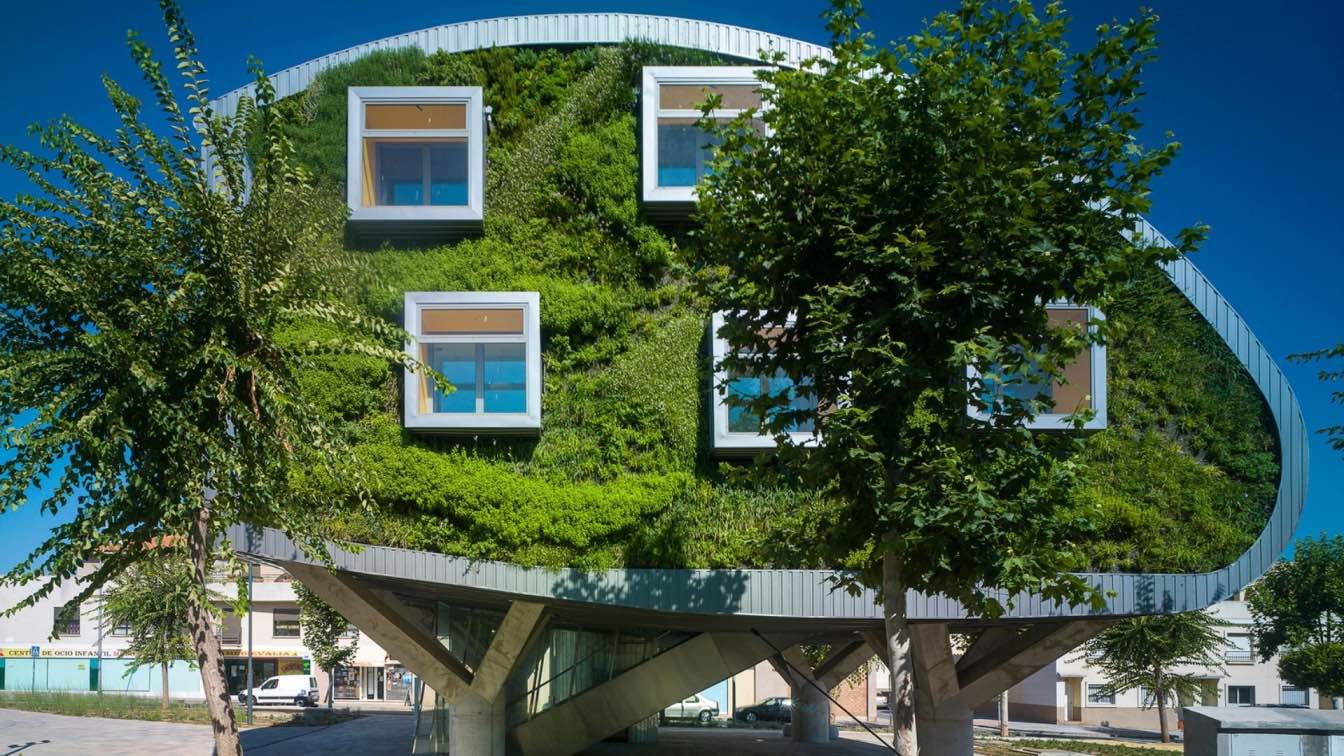“Cotswold- Time seems to have stopped in its stride here”- Enlightened Traveler
Like the rest of South England, Cotswold enjoys a temperate, maritime and moist climate which gets reflected in the lush variety of flora and fauna and the varied green meadows of the gently sloping hills. Though only a few hours’ drive from London which epitomes the hub of technology and a contemporary pulse, this region is untouched by the modern urban fabric of the country. One explanation given to me while on a recent visit to this charming pocket of England was that “when railways were built, they did not extend any lines to Cotswold. So, when the Industrial revolution swept through Victorian Britain, it by-passed these villages, thus keeping them rustic and rooted in the past.” And this explanation holds good as the towns and villages in this region no doubt image the lifestyle, design preferences and the urban texture prevalent in the sixteenth and seventeenth centuries. Indeed, the past aura of hundreds of years is intoxicating. The methodology applied here in preserving the architecture often referred to as the “Cotswold arts & crafts style” is a fine example for the twenty-first century. I also gathered that the picturesque landscape of the region has been a great inspiration for lyricists and composers and has been captured in many movies such as the Harry Potter series.
As always, we were inquisitive to know where the name Cotswold came from. Google and some inputs suggest that it is most popularly believed to mean “sheep enclosure in rolling hillsides”. The strong unifying element – the local Cotswold honey coloured stone, is the primary construction material in this entire region. Medieval history points out that this zone was the heart of the flourishing wool industry in that era. It was home to affluent wool merchants whose generous contributions saw the building of the often referred to as ‘woollen churches’ as exemplified by the tall dominant icon - the Gothic styled Burford Church in the charming market town of Burford. This town sitting on a bend of the river Windrush, often referred to as the gateway to Cotswold, has some diverse Cotswold stone houses built in the fifteenth century. Hand-crafted skills are still pursued amongst the residents living a proud fulfilled life being a part of this kind-of frozen and cherished ancient imagery.
 The pleasing setting of the Weavers Cottages on Arlington Row, Photo: Spaul
The pleasing setting of the Weavers Cottages on Arlington Row, Photo: Spaul
Bibury is the other village which captures the imagination with the famous Weavers Cottages that stand apart for their traditional steeply pitched roof and gabled construction in delectable settings. A quote put across outside a cottage said that William Morris, the nineteenth century famous artist called Bibury “the most beautiful village in England”. A tourist’s delight, the village is clustered around open
spaces and being nestled along the river Coln, has enriched water meadows alongside. Our guide mentioned that with an extensive tree plantation drive over the years by the authorities, the natural environment has further dramatized the built one. And like every township here, Bibury has an interesting evolution history.
A visit to the quintessential market town - Stow on the Wold - built on top of a mild hill, is a must. This town, with a traumatic history of witnessing a civil war, has the appealing Cotswold golden stone everywhere in the built form, creating an aura that grows on you. A wander in the Market Square with funnel-type inter-connecting lanes is an invigorating experience. Surrounded by town houses, galleries, cafes, antique shops, cosy commercial outlets, this Square was and is the throb of the town, and yet surfaces a laid-back quality of life. The town claims to have the oldest pub in England! The rural informality is captivating. To the delight of the researchers and tourists, the residents proudly along with the civic authorities, have meticulously preserved the past architectural splendour while judiciously incorporating the modern-day ease in the living infrastructure.
I had earlier been told that the visit to this classic Cotswold belt would not be complete without a glimpse of the medieval market town - Chipping Campden. And I would totally endorse this observation about this village which boasts of a wealth of vernacular architecture. A once important wool trading center enjoying the patronage of the wealthy merchants, the town has large parts under the conservation program now. Its galleries portray well documented Victorian Arts & Crafts Movement so extensively prevalent here. There are a number of old, prominent and well detailed landmarks such as the Market Hall (1627), Saint James Church (1500), Old Silk Mill, vintage large cottages and such others. A sleepy town with abundance of gardens, it provides the true pulse of the cultural characteristics and context of the society of that era.
 Chipping Campden- East Banqueting House dated 1613 & St. James Church in the distant, Photo: Saffron Blaze
Chipping Campden- East Banqueting House dated 1613 & St. James Church in the distant, Photo: Saffron Blaze
In the twenty-first century, Cotswold is considered to be an affluent area and has attracted wealthy Londoners and others from across, to own second homes or for retirement. No doubt, this nature’s paradise spontaneously arouses a mystic connect to the overwhelming conservation and preservation efforts in retaining the architecture and aesthetics of the bygone days. This region has abundant innovative ideas for other evolving nations, conservationists and Societies in restoration and conservation of their built and cultural heritage. The people of Cotswold need to be applauded to adhere with a smile to the at-times stringent guidelines laid out by their governing councils. Talking to a few residents of the villages and towns I visited, there was an immediate sensing of their pride in belonging to this pocket which often has also been called ‘the fairytale land’. Coming back to the modernity of London after the visit to Cotswold further reinforced my resolute for another visit with a longer and more detailed exposure to the rare architecture, design and culture seeped deep in the region.
Architect/author Suneet Paul, based in Delhi and the former editor-in-chief of Architecture + Design, has to his credit a wide spectrum of writings and books.





